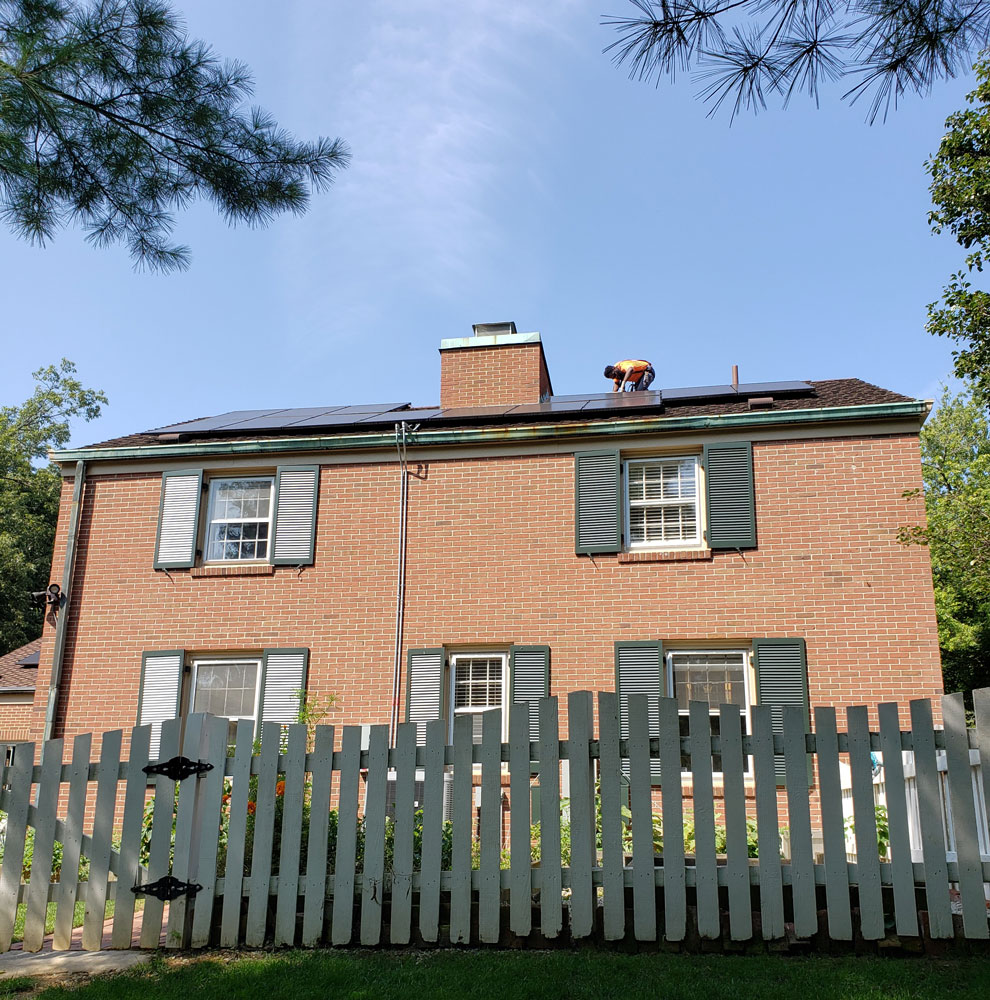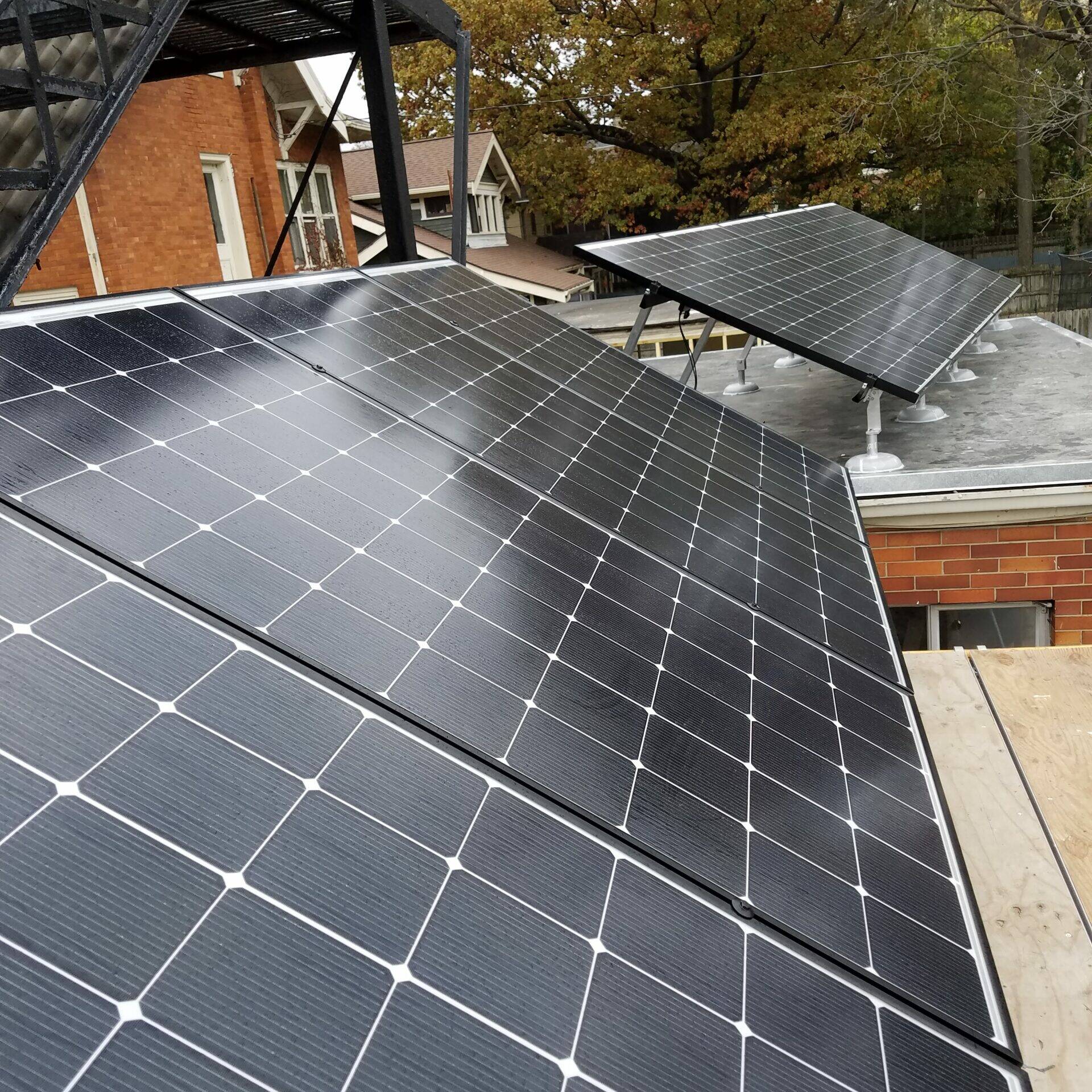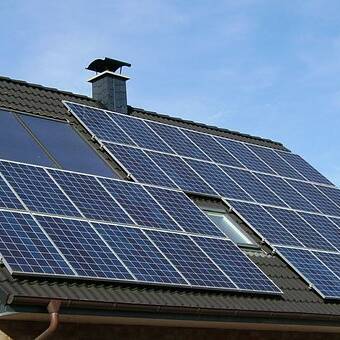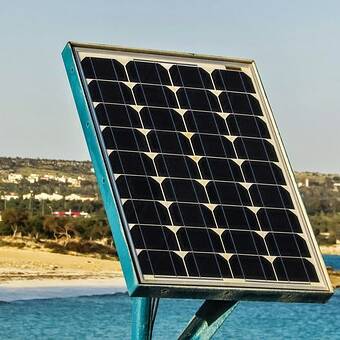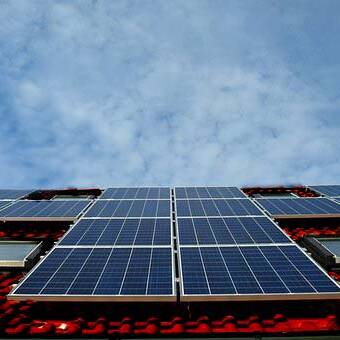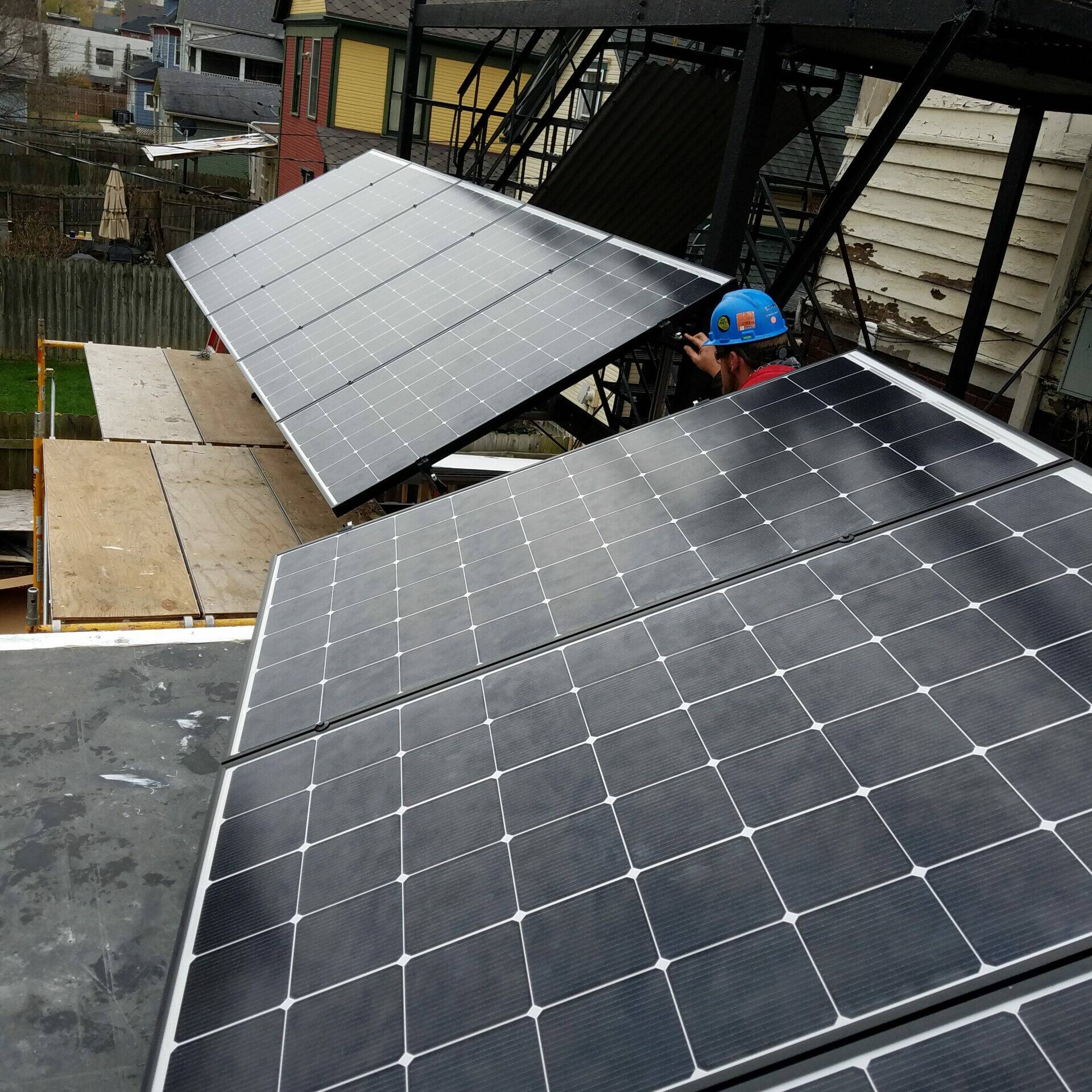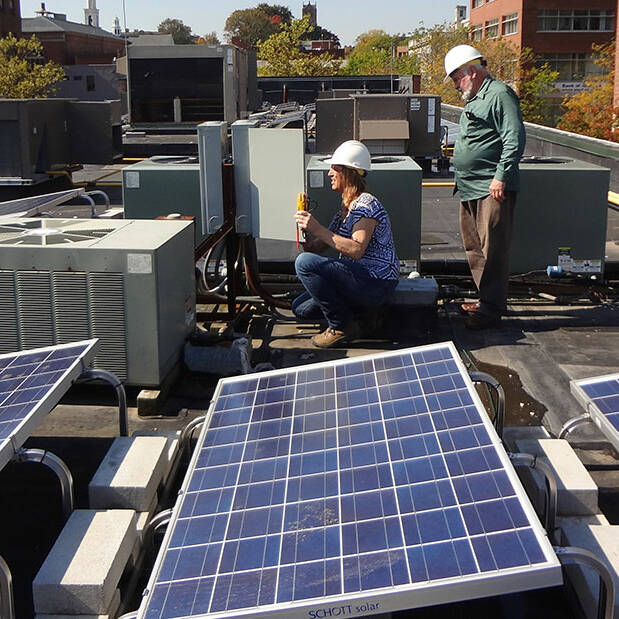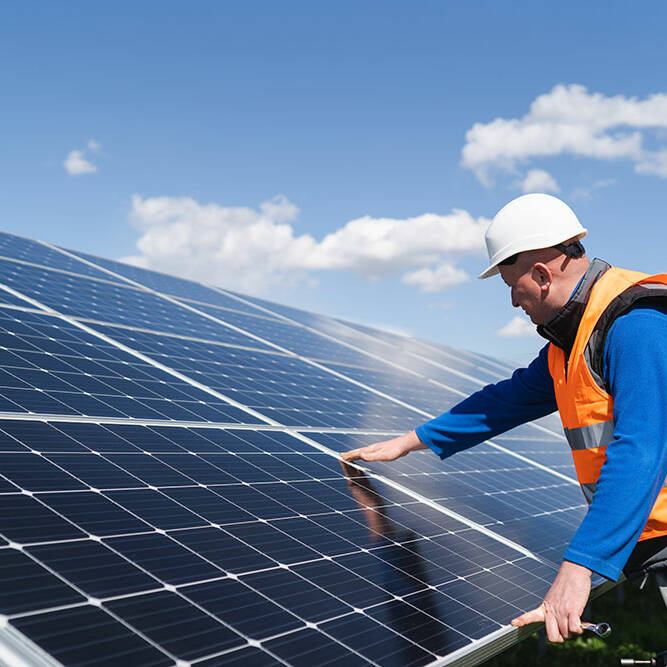Solar Services
Our Mission to our Solar Energy clients is to provide an economic means of an effective self-sustaining eco-friendly energy solution at an affordable price.

What To Expect During Solar Panel Installation
In general, the process takes several steps and visits along the way, particularly depending on your city and state permitting process. However, the actual solar panel installation process usually takes only a day or two. Our team streamlines the permitting process as much as possible to make sure your installation is quick, easy and efficient.
During your consultation, one of our field energy consultants will evaluate of your roof, its size, and its geographical orientation
Shortly after you’ve signed your solar contract, a structural engineer will evaluate your home’s roof to affirm that it can support solar panels and our solar system design team will design a solar configuration for your approval.
Our solar personnel will take the lead on handling the paperwork and permits, etc. required for the solar panel system installation on your home or business with your help. You will have to sign, but they will submit the documents to the appropriate local agencies and utility companies for approval. This process may take a couple of days, weeks, or months, depending on where you live and your utility provider. Once approved by the utility an interconnection agreement will be sent by the utility company for you to sign.
First, the installers will locate the electrical panels and attic access for your home and set up work areas. They may move some equipment or furniture to clear a path to the necessary work areas. They also take steps to care for your floors in their temporary work areas.
Their first priority is to prevent damage to your home and your personal belongings during the solar installation process. Then they will set up scaffolding and/or ladders to access the roof. City codes often require the use of safety ropes to ensure the safety of the solar installation team.
Your solar power installer will arrive on the scheduled day to install your solar panels. Since solar panel installation is not a one-person job, you’ll have a team – generally three to four crew members – who will help with the installation. After reviewing your site plan and installation specifications, they will unload and inspect the solar panels and any electrical equipment to make sure nothing was damaged during shipping.
The installers will mount metal rails on your rooftop that are attached to the structure with special mounting bolts or screws to give your solar panels a solid foundation. These screws will penetrate the roof, but don’t worry. Your installer will take care to seal any applicable holes as part of the installation job.
As your solar panels are being mounted on your roof, other crew members will start installing the electrical components of your system. These include the inverter and the conduit and wiring required to connect your panels to your home’s electrical system. Lastly, if applicable the crew members will install the batteries and connect them so that they provide you with backup power during an outage or when conditions are not right for solar power production.
The last step in solar panel installation is when the crew members secure the panels to the metal rails and connect the electrical conduits from your electrical panel and the inverter. They’ll also test the system and make final adjustments.
Once the installation is completed, your installer will perform a final inspection of the system, including the mounting hardware, to make sure everything was installed properly. This also includes verifying that all roof penetrations were properly sealed to maintain the integrity of your roof. Then the team will remove any evidence of installation from your property with a full cleanup job.
During the next few weeks, your local building department and the city or county will complete a final inspection to confirm that the solar energy system was installed correctly. Once your system passes this inspection, the utility company will put you on their schedule to install the net meter and connect your solar power system to the utility’s main power grid. Then you can sit back and enjoy the benefits of cleaner, cheaper and more sustainable solar electricity in your home.
Key Takeaways
Solar energy is more affordable and accessible than ever, as demand for renewable energy options increases.
Our solar panel systems are customized to each home’s unique energy needs, so sizing and costs may vary slightly between homeowners.
Factors that may impact the size and cost of your solar system include your home’s location and climate conditions, your rooftop’s access to direct sunlight, your current energy consumption and more.
The average cost of a solar system differs from property to property because homes and businesses consume power differently. Your solar panel price will depend on your current energy consumption, the direction your home faces and the amount of sunlight your roof receives, to name a few. In other words, solar is not a one-size-fits-all option.
For example, the average-sized solar panel installation may be approximately 6,000 watts, but that number will depend on the amount of your energy bill you want to offset with your panels. If you live in the same size house as your neighbor but consume more energy than him/her each month, you may need a higher-wattage solar system to see the same amount of savings.
Solar energy is not a one-size-fits-all solution. At ASIDACO, we design your solar panel system based on your routine and energy goals. This means solar system costs may vary between homeowners. To determine the right system for your home, our solar experts will take the following factors and more into account:
1. Your Home Size and Location
2. Your Current Energy Consumption
3. Your Roof’s Access to Direct Sunlight
4. Your Home Appliances Requiring Power
5. Your Ideal Electric Bill
Advances in solar technology have made today’s solar panels high performing and more efficient than ever, requiring less roof space to generate significant solar production. With such premium solar panels, your solar installation may be more affordable.
The most efficient solar panels on the market have efficiency ratings of nearly 23 percent. That doesn’t sound like much, but it is more than enough to meet your energy needs. Here’s how an efficient solar system could potentially reduce your energy costs in the long-term. Consider that the typical home gets an annual average of 4-5 hours of peak sunlight per day. Each square meter of solar panels is thus exposed to 4-5 kWh of solar energy a day. With 20% efficiency, each square meter captures, converts, and delivers 0.8 to 1 kWh of energy to your house.
A typical home in the U.S. uses about 30kWh of electricity each day, so 30-38 square meters of panels would be needed to generate enough energy for this ideal home. This works out to about 300-400 square feet, which is about one-fourth of the size of an average roof. These newest, most efficient solar panels require less roof space to generate energy, so your solar panel installation cost could go down.
At ASIDACO, our experts will work with you to determine the solar panel system that best meets your energy needs and goals. Learn more about how we develop our custom, high-performing solar systems.
